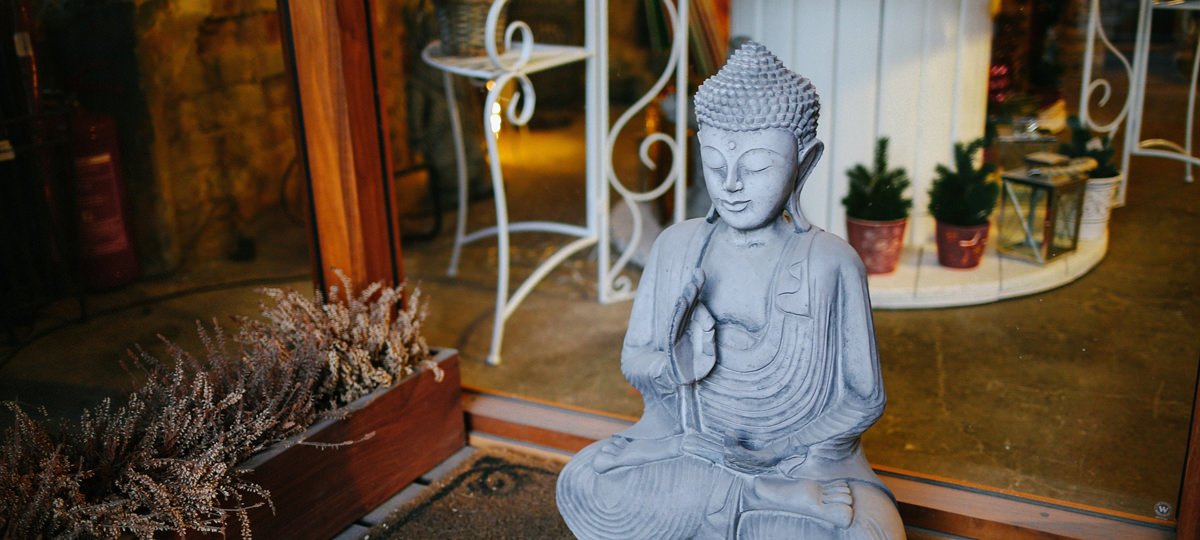
Bathing Ghats in Haridwar are prominent places for millions of people and devotees who are visitng this place or for Kumbh Mela in Haridwar. A large tented city is erected and pilgrims stay at tents owned by Pandas (religious and spiritual guides) and at various ashrams. Others will just camp on the ground or turn up for the actual bathing day. Some of these bathing days are designated “royal,” and it is on these days that the naga sadhus (naked mendicants) parade and bathe. On other days there will still be people bathing and other events and random processions.
This sacred Ghat was constructed by King Vikramaditya in memory of his brother Bhartrihari. It is believed that Bhartrihari eventually came to Haridwar to meditate by the banks of holy Ganga. When he died, his brother constructed a Ghat in his name which later came to be known as Har-Ki-Pauri. This sacred bathing ghat is also known as Brahmakund Ghat. Vikramaditya remains an enigma; some historians date his reign to 57 BC, others to the sixth century AD. The reflection of golden hues of floral diyas in the river Ganga is the most enchanting sight in the twilight during the Ganga Aarti ceremony.
Immediately south of the main Ganga temple is the Asthi Prawah Ghat, where the ashes of the dead are immersed in the Ganga, in the belief that as with the 60,000 sons of Sanger, the cooling waters of the river will bestow salvation upon the departed soul.
Subhash Ghat, with a statue of the freedom fighter Netaji Subhash Chandra Bose, is adjacent to Har-Ki-Pauri. The Sewa Samiti, another voluntary organization, runs a dispensary here and also assists pilgrims.
South of Subhash Ghat is Gau Ghat, where people seek atonement for the sin of cow-slaughter (gau means cow). The unique veneration of cow in India goes back 3500 years. The cow was “Kamadhenu”, the fulfiller of desires, and a cherished item of wealth. Death ceremonies were completed with the pious act of donating a cow. The sin of killing a cow is “equal to the sin of killing a Brahmin”.